The Appearance of Heroes
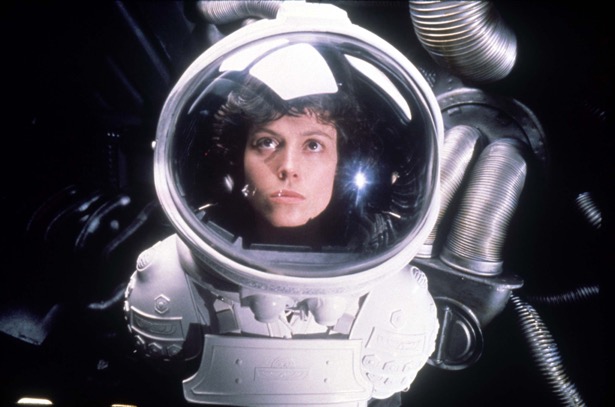
If you are an avid consumer of media, you might have noticed a few things. We write a lot about common tropes and themes that you encounter so you can begin to notice more details. So let’s do a small exercise: when you picture a hero, what do you see? Strong, virtuous, noble, upstanding. Or it is a generic white guy with five o’clock shadow and a set of rocking abs.
For some reason, a lot of our heroes look remarkably similar. Handsome, male, in-good shape, well-dressed, etc. And over the years, this image has changed slightly. It’s why a Victorian era hero looks different than the massive bodybuilders that were 80’s action heroes, and the slightly older, bearded men of today. But some things have stayed the same regardless: the fact that our heroes are overwhelmingly male, white, and heterosexual.
Boundless Discover: The Majesty of Adventure in Games

Games as a medium are about letting you enter a new world, step into the shoes of someone else, and see majestic things. They are different from other kinds of media like film or literature because you have to interact with them. A movie will keep playing, a book will keep going, no matter how you wish to proceed through it, but a game requires you to interact with it, and this interaction can change the course of the story.
More and more games are being built around open worlds and non-linear experiences. They let us as players take this sense of adventure that is so inherent to games and amplify it, and there is no better example than The Legend of Zelda: Breath of the Wild.
Light vs. Dark
One of the central and most widely used theses in literature is the idea of a battle between good and evil. It could be waged with blades and bullets, or through a battle of sharp wits and razor tongues. These two sides clash over and over, and so many times we will see them indicated by the idea of light versus darkness. Light is good, virtuous and just. It is pure, an angel decked out in gleaming white robes, or a doctor in an unblemished gown. Darkness is sinister, violent and evil. It is corrupt, an ashen demon eager to tear apart all who stand in its way or as an assassin wreathed in a dark suit.
It has always served as an easy way for us to distinguish between what is “good’ and what is “bad”, but with this compartmentalization and labeling come rather entrenched ideas of racial relationships and dynamics. For a long time, societies have looked upon pale and white skin as being better than darker skin. You can see comparisons being draw between dark skin and “dirtiness” or lack of civilization. It ties closely into the idea of otherness that we’ve talked about before, and it has roots in centuries of literary history. Read More…
Historical Accuracy vs. Entertainment
If you’ve ever gone to YouTube after a big movie came out, you’ve no doubt seen dozens of videos picking apart why it was actually a bad movie because something was included that wasn’t invented yet or a character’s backstory is incorrect or some other minor detail is wrong.
The same can be said about games, with the inclusion of weapons, vehicles, or personnel that might not fit the setting perfectly. We like to make a big deal out of details like this, for some reason. Maybe it makes us feel smart, or maybe because we get to contradict the majority opinion about a piece of media, something that teases a deeply contrarian part of our brains, because what is mainstream and popular is almost necessarily uncool. Read More…
Anatomy of a Character - Nightcrawler
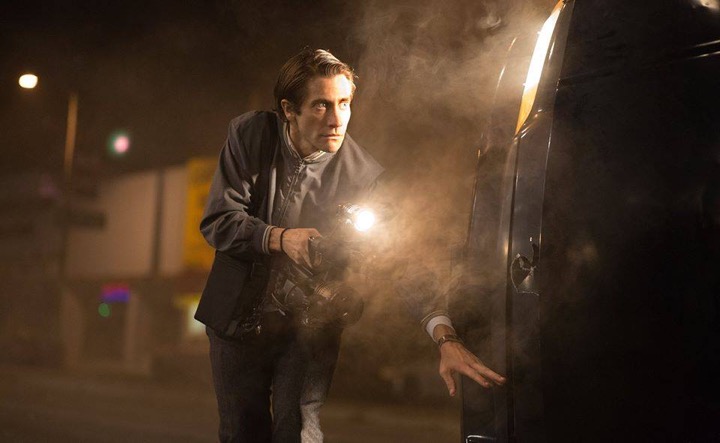
It is hard to describe what “creepiness” is, the feeling of existential dread that it fosters deep within you, an inability to look away in fear of what might happen if you do, an uncertainty of what exactly is going on. And it’s a feeling that the oddly stoic Gyllenhaal nails to a T with the character of Lou Bloom. From the moment that he is introduced until the credits roll, he demands your attention, much in the same way as a wild animal or poisonous insect, calmly watching you back, his wide eyes searching for weakness.
From the moment that he is introduced to us, we watch him try to approximate normal human behavior. Behind his smiling mask, there is an anger simmering just below the surface. But the scariest part about him is not this rage. It is that this anger might just be another mask, trying to pass for normal human emotions.
Iconography
We’ve talked before about symbolism and how it can be used in the analysis of a piece, but today we want to look a little closer at the concept of iconography, the study of the context of images separate from their style. An image contains so much information, especially one that was crafted by an artist, and the same can be said of any of the works that we would like to analyze. If something is included on screen or in the page, then it as put there by someone intentionally. There is a reason that it exists, even if that reason is a s simple as to add clutter to the background.
When we look at a work, the style has a great deal of influence over the meaning that can be taken from it. With a painting, this could simply be the color chosen or the thickness of lines, or so many other more complex things. Compare cubism to realism, and you can see so much difference even if the paintings are of the same subject. Read More…
Paid Mods and Giving Creators Their Due

Bethesda just cannot catch a break. This year at the Electronic Entertainment Expo (E3), along with announcing yet another version of Skyrim, they stated that they would be implementing a system whereby they would be able to begin charging for select modifications for their games.
This has made a lot of people very angry, and been widely regarded as a bad move.
Almost immediately, the collective game community had a conniption, with resurfacing memories of the Valve paid mod debacle of 2015. Part of this is probably due to broad opinions about and distrust of Bethesda, but another part of it is due to a general unwillingness to pay for things within the games community. Especially things that were once available for free.
E3: Where Do Games Go From Here
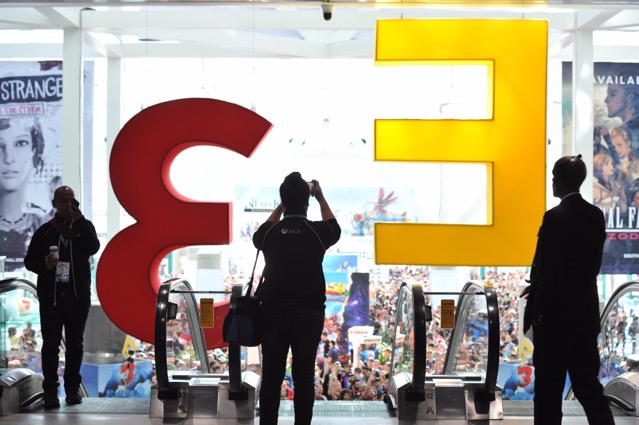
There is a certain attitude within the broader game community where we see ourselves as the scrappy underdog, an industry supported by impassioned and oft-misunderstood fans that is constantly maligned by the mainstream media in favor of more traditional entertainment industries. Where the only thing that keeps game companies afloat is die hard fans, and the worth of a game is measured by the community engagement online.
We’ve had this attitude for years, because for a long time, it was kind of deserved. Games were a hobby for silly kids and “nerds” socially undesirable and turning towards a digital medium for comfort.
But we’ve left that attitude behind a long time ago. Video games are about as mainstream as it can get, and playing games is no stranger of a hobby than watching sitcoms, cooking, or hiking.
Ludonarrative Dissonance
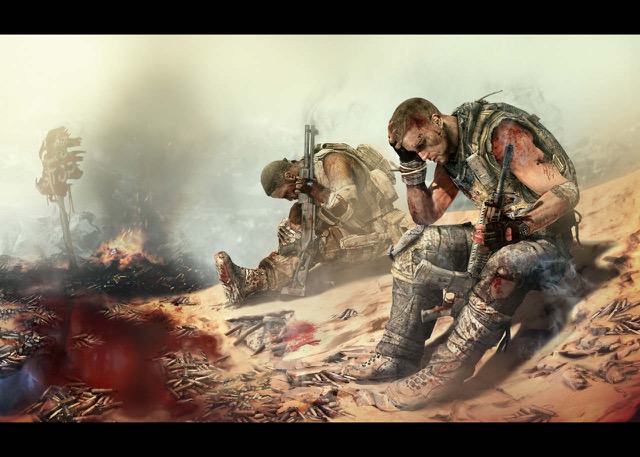
Games are a rather interesting medium to critique because of the crucial role that interactivity plays in how a story is interpreted. With a film or book, we are stuck in a single viewpoint and experience the story as if we were locked onto a roller coaster: tightly restricted and controlled. But in games, the player adds a crucial X-factor of randomness into the story that the creator has to try to control for.
To see all of the story, the player has to advance forward, completing a certain set of tasks, but sometimes the very function of the gameplay is at odds with the themes of the story being told. It is a familiar feeling within media, but games stand alone in that the layer is forced into “choosing” to do the tasks even if they don’t want to.
"Grimdark" Storytelling
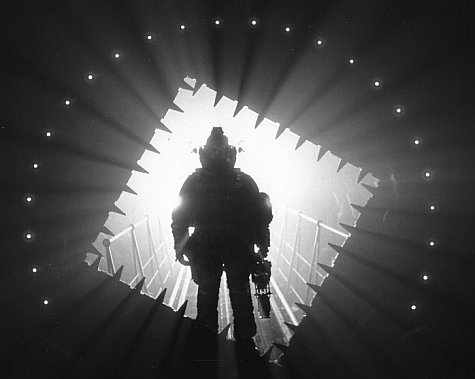
There is a widespread hate for the oft-maligned "gritty reboot" of a beloved franchise, where a director takes a well-established (and often not dark) property and propels it into a much more "realistic" world, which usually means a greyscale color palette, an actor with a five o'clock shadow, and a love of the word "fuck". Sometimes these can work out for a property, and the new direction can be a refreshing take on a familiar formula. The problem comes in with so-called "grimdark" storytelling, where the point of the story stops being the characters and becomes about how "dark" or "edgy" it can be.
Spend any significant amount of time reading fanfiction (which no one should ever do), and it is a trope that you'll become intimately familiar with> For many writers, they don't know how to make a story more mature, and as such they conflate maturity with severity, and fill their stories full of rape, torture, and gruesome murder because "it happens in the real world all the time."
Anatomy of a Film - Inglourious Basterds

Chapter One
Once upon a time…
In Nazi occupied France
Colonel Hans Landa cuts quite the figure. Decked out in the all black SS uniform, bright, white smile plastered across his face, from the very moment that he steps on screen, he makes you uncomfortable. Not only is the seemingly cheerful man a Nazi; an officer in the Schutzstaffel, but there is just something bout his mannerisms that seem off, manufactured in a German lab as a facsimile of a friend, designed to put you ill at ease in whatever situation you find him. He takes pride in his gruesome, genocidal work, treats it like his own little game, an intriguing puzzle for him to solve. As he tinkers with his victims, the only prize that awaits them is death, to be meted out at his absolute discretion.
To him, this day on the farm where the film opens is just another in a long line of brain benders, but to the family that he is interrogating, it is the worst day of their lives. Perrier La Padite is a simple, hard working man. He has a beautiful family, an idyllic dairy farm situated in the rolling hills of France. It is almost picturesque, greenery stretching through the background as the jolly Landa strolls up, a wide grin tearing across his face, with the quiet mask of Perrier across from him. We can see the joy that he takes in his work, and the horror that everyone else sees it as.
Superhero Fatigue
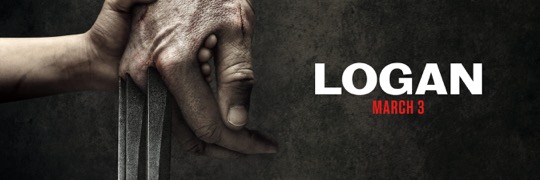
With today’s release of Wonder Woman, it has been a little over nine years since the release of the first Iron Man movie, and with it, the beginning of an international love affair with these spandex-clad superhuman, ripped from the pulpy pages of so many comic books. In these nine short years, we’ve seen the release of 36 mainstream comic book superhero movies, with even more films about the superpowers surrounding them.
It is an unprecedented inundation, and it shows no sign of slowing down, with juggernauts like The Justice League, Infinity War, Black Panther, and more on the horizon. And it is becoming harder and harder to keep getting ourselves excited at this point. The good guys beat the bad guy who had some sort of device/magic/being that threatened a city/country/world with total annihilation.